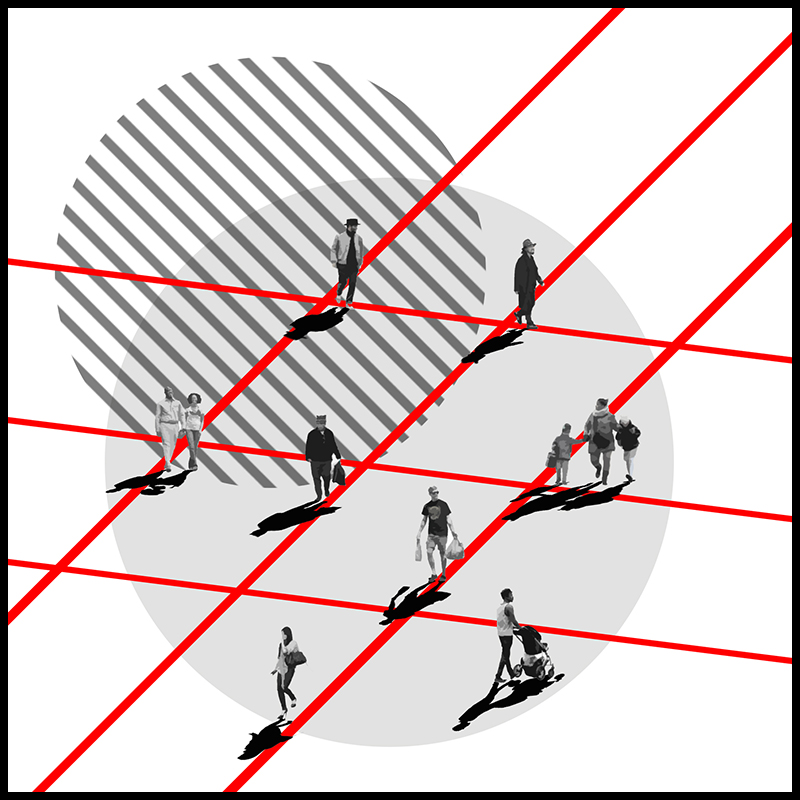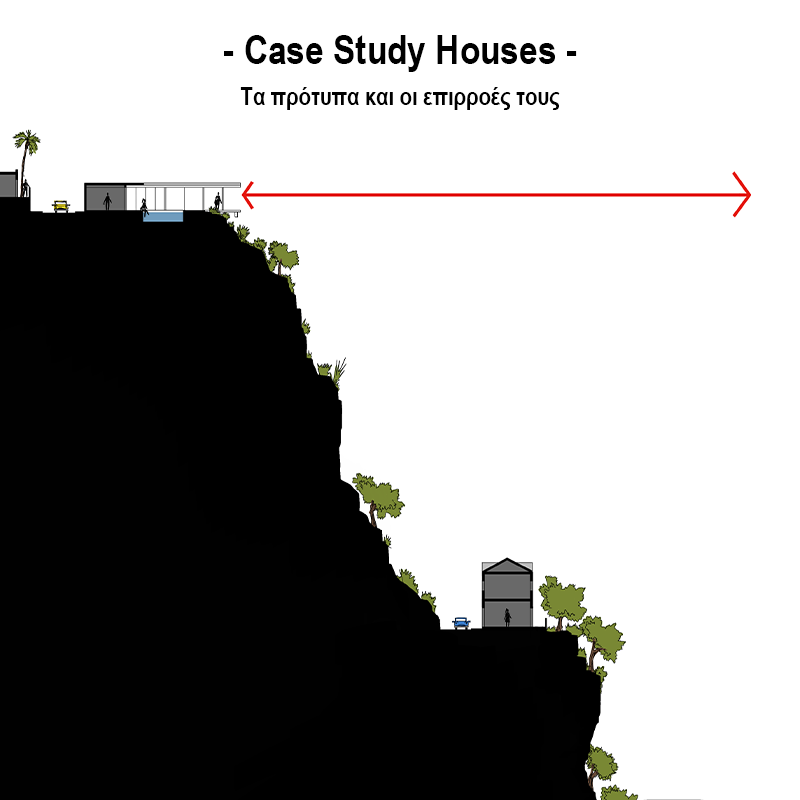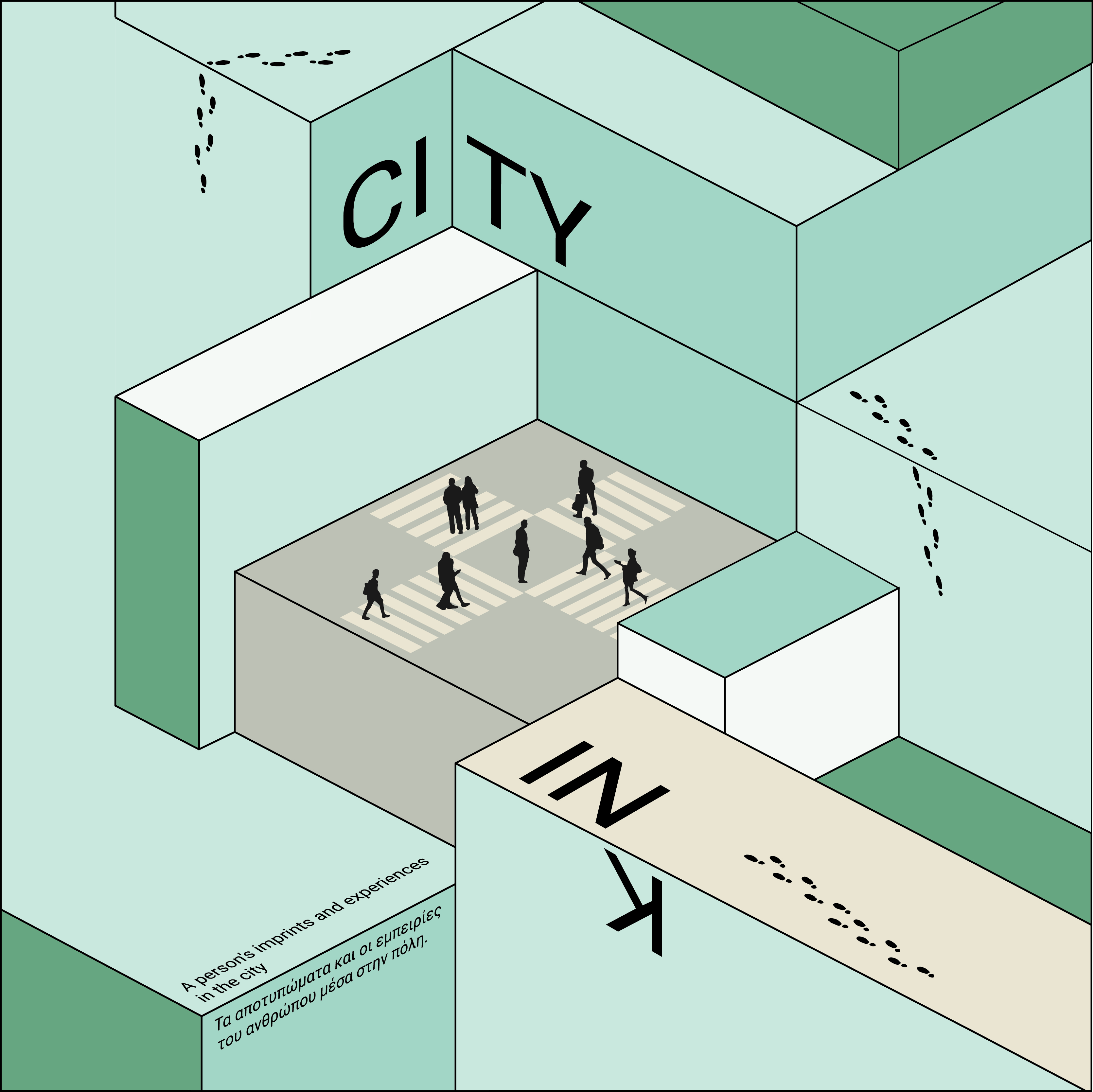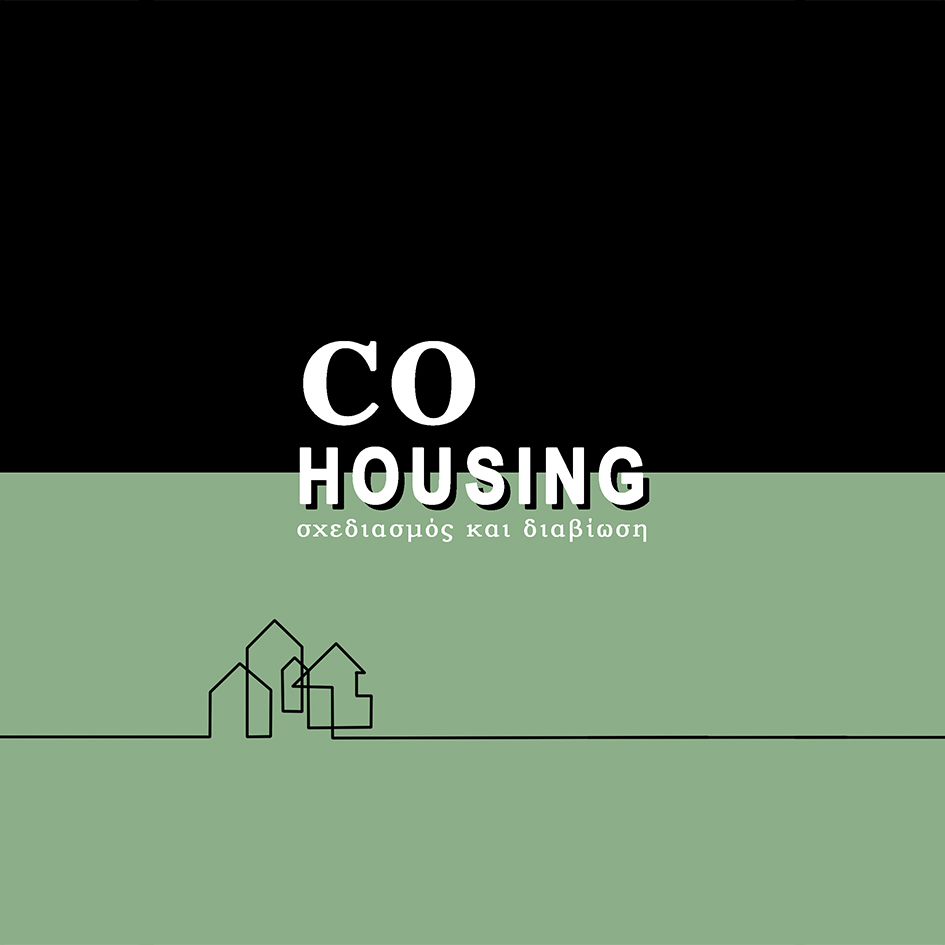

Infectious diseases always create challenges in social structures, test perceptions and mentalities of years, while they induce radical changes in lifestyle and habitation. History has shown that in every outbreak of a serious infectious disease, before medical research and finding appropriate medication, the solution to control and limit transmission, is to redefine the way of life through interventions in the urban environment. The fear of transmission and the effort to preserve human life brought about a partnership of medicine and architecture, with the aim of creating buildings and cities that operate as tools for prevention and healing. From Lazzaretti, Sanatoriums and the birth of Modernism to the urban reforms of Paris and London, architectural design has managed to make a significant contribution to the treatment of diseases and the creation of a healthier living environment. In 2020 the global community faced the pandemic of the Sars-COv-2, which to date has millions deaths. The universal quarantine that was imposed in many countries of the world confined people in their houses, deserted the public space and therefore changed the concept of habitation and the form of the organized urban landscape.
This paper aims to study the impact of epidemics on architecture and urban planning, by doing a retrospection to the three of the most important diseases that have affected humanity in the past, plague, cholera and tuberculosis leading up to 2020 and the coronavirus pandemic. With the experience of managing similar crises of the past and with the study of today's data, conclusions are drawn about the future of urban habitation in a more sustainable context while at the same time provide a new housing model, which puts the modern man and his needs in the heart of design.
Supervisor: Gavrilou Evelyn
Reference Number: 1013


Fashion is a field of design that is often associated with that of architecture, and seems to have been influenced by it and vice versa. During the last centuries, many architects have been concerned and engaged in the fashion design, in order sometimes to resolve issues that concerned the society, and sometimes in order to express their personal style through it. It is understood that the field of fashion is of great interest to architects as it offers the possibility of designing and creating, on a different scale, a scale that is closer to the human body and its needs, giving the possibility of artistic expression and experimentation to something more ‘’distant’’ to that of architecture. Therefore, the present research thesis, is dealing with questions and issues, such as the reasons that influence architects to design for the fashion sector, whilst presenting and analyzing a historical-theoretical framework that focuses on the 20th century architects who designed clothes. In addition, the four main points that architecture and fashion have in common, are listed and categorized. Lastly, by selecting seven architects of the 21st century, who are actively involved in fashion design and stating the reasons that led them to engage in it, an analysis of examples of their work is made, with an aim of comparing them and drawing useful conclusions from them.
Supervisor: Symeonidou Ioanna
Reference Number: 1045


The United States emerged victorious from W.W 2. As a result, fans of modernism had every reason to be optimistic. The time, had finally come for them, to implement modernism’s ideas about mass production of prefabricated houses. It was then, that the editor of the Arts and Architecture magazine, John Entenza, grabbed the chance, to announce the Case Study Houses Program. The magazine would present and construct houses that were supposed to act as patterns for duplication. Unfortunately, constructors like Levitt, proved to be much more efficient in reducing both the cost and the construction time of a house. As a result, C.S.P ultimately failed to participate in the construction of the suburbs. It did a great job however, in promoting the experimental glass houses, that some of the most capable American architects created.
The quest for a complete scenario of habitation that would allow for the extensive use of glass, monopolized the interest of the architects that participated in the program. Searching for ideas in the work of the great masters of modernism was indeed inevitable. The main concept of Usonia I, the residence of Herbert Jacobs designed by Wright in 1930, was quickly adopted by most of the C.S.P architects. This residence turns its back to the street, in order to maintain privacy, and presents a glass elevation to the opposite direction, in search of the magnificent view of the prairie. Is it possible to combine this attitude towards the surrounding environment, with the glass pavilions – houses of the European masters ? In C.S.P they tried everything ! From the transformation of villa Savoye into an introspective residence with a greenbelt, to the transformation of Barcelona pavilion into a residence, on top of a hill, that oversees the surrounding area.
This blending of ideas and forms, of different origins, combined with the fast conversion of the natural surrounding environment into a built environment, led to the most cinema - friendly modern residence, the Stahl House.
Supervisor: Colonas Vassilios
Reference Number: 1055


Via physical elements and mental experiences projected through the picture that each person has created, each city tells a different story. Man recognizes a familiar part of the city, and the picture he produces at this point is rich with memories and meanings. The idea of movement within a city is contained in roads, paths, walks, tours, and explorations in relation to man and space. However, it may not always be clear and understandable, may not have a clear destination, or may even be complicated, resulting in uncertainty and disorientation.
We are focusing at the importance of movement within the city as a result of the restricted movement caused by the pandemic that began in March 2020 up to today. The starting point for bibliographic research is the concept of flâneur in the 19th century, an eccentric wanderer who explores elements of the city without being detected. It then proceeds to the 20th century, where the value of the city is analyzed in relation to how its inhabitants and its visitors confront it. This relationship is viewed through five factors that assist the individual in forming a personal and collective image of the city. Finally, we focus at the principle of spatial orientation, also known as Wayfinding, which is the process of locating, moving, or discovering a direction, as well as how technology influences communication and interaction with the environment.
All of the data we gathered from the bibliography raises some questions about the frequency and reason that someone moves through the city, using Volos as an example, and how the individual orients itself within it. Furthermore, if the concept of flâneur persists, if subjects continue to create a collective image of the city, or if they are directed through technological means. The overall survey was carried out with the development of a questionnaire in order to demonstrate how all of this fits within the context of a Greek city.
Supervisor: Trova Vasso
Reference Number: 1056


In modern societies, it has been observed, measured and commented, that the individual abandoned and isolated in space and time, chooses to be limited, to be isolated, but at the same time to open to the digital continuum that covers the globe, the planet. Trying to achieve his autonomy, his spiritual-material self-preservation. The construction of buildings and housing units with a response to the energy economy (materials, techniques, work, maintenance, community/s), the verification of the wise articulation of the relations of space and time, the articulation of the contents of micro-societies of adequacy and social happy coexistence, seems to be verified by implementing the CoHousing proposals. The improvement of social life and physical well-being was observed in the existing proposals. The aim of my work is the thorough study of the examples of the composition of this constructive, social, political proposal on the planet, and the response to the environmental-political demands of modern philosophical thought.
Supervisor: Stylidis Iordanis
Reference Number: 1028


The research subject of the present thesis, is the highlighting of the importance of the in-between space, as a place capable of managing the transitions and relationships between spaces. The research examines various attempts to define the concept of “in-between” in Humanities, as interpreted by various theoretical scientists. Through the approaches, different versions and features of the in-between space emerge, that connect with the other spaces.
Then, through bibliographic research, the group that introduced the concept in architectural theory is presented, and through the typical example of the Municipal Orphanage in Amsterdam designed by Aldo van Eyck, the design principles of the implementation of the idea of the in-between space are explained.
In the third chapter, a deepening of the concept is done by conducting an on-site investigation in various parts of the city of Volos, and specifically in Nea Ionia, in order to categorize the examples based on the architectural design and the experience of the spaces from the user's point of view. It is interpreted how the housing practices applied by the residents, in order to “own” the space, give identity to the urban gaps and in the public spaces.
In the fourth and final chapter, reference is made to the pandemic of covid-19, that has recently changed the design data. Keeping people indoors for a long-time redefined design principles in both the private and public spaces. The in-between spaces, which were often not utilized at all, acquired identity and use. People's daily lives changed and it was expected that this change would overturn both architectural theory and practice.
Supervisor: Gavrilou Evelyn
Reference Number: 1091


